15 Game-Changing Digital Hygiene Tips Experts Trust to Keep Your Data Bulletproof


Digital threats are everywhere, so protecting your data is no longer optional. With online threats growing, protecting your personal information is more important than ever.
These expert-approved tips are designed to arm you with the best strategies for keeping your data secure.
We’ve selected these methods because they are proven to work in real-world scenarios, ensuring you’re not just protected but prepared for anything.
Digital hygiene refers to the practices you adopt to maintain your online security and privacy. Just like personal hygiene, maintaining good digital hygiene ensures your digital devices and information are safe from threats.
Some common digital hygiene practices include:
Why It Matters
Most data breaches occur due to human error. By practicing digital hygiene, you reduce the risk of falling victim to threats like phishing, hacking, and data theft.
Common Threats

Using strong, unique passwords is crucial for keeping your digital data safe. Each online account should have its own password, so if one gets compromised, the others remain secure. Reusing the same password across multiple accounts is risky and should be avoided.
A strong password should be at least 12 characters long, with a mix of uppercase and lowercase letters, numbers, and special symbols. Avoid using common phrases or predictable patterns, as they are easier to crack. For instance, a password like “G7h#kP3!xL$2” is far more secure than “P@ssw0rd1!”
A password manager can help you handle the complexity of managing multiple strong passwords. These tools generate and store your passwords securely, so you don’t have to remember them all. By using a password manager, you can protect your accounts without relying on simple, easy-to-guess passwords.
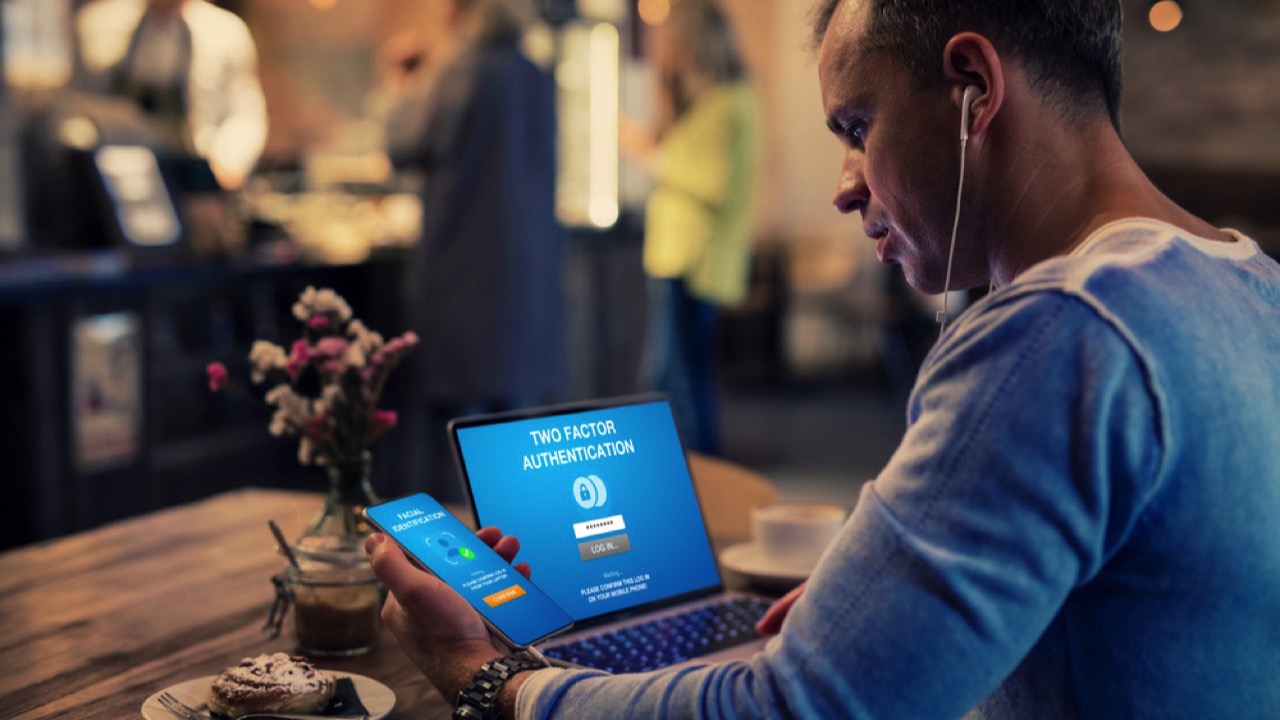
You can make your digital accounts much safer by enabling two-factor authentication (2FA). This adds an extra step when you log in, like entering a code from your phone in addition to your password. It’s a simple way to make it harder for hackers to access your accounts.
Two-factor authentication is helpful because even if someone steals your password, they still need the second step to get in. Most online services like email, banking, and social media offer 2FA. Setting it up usually takes just a few minutes, so it’s worth the effort.
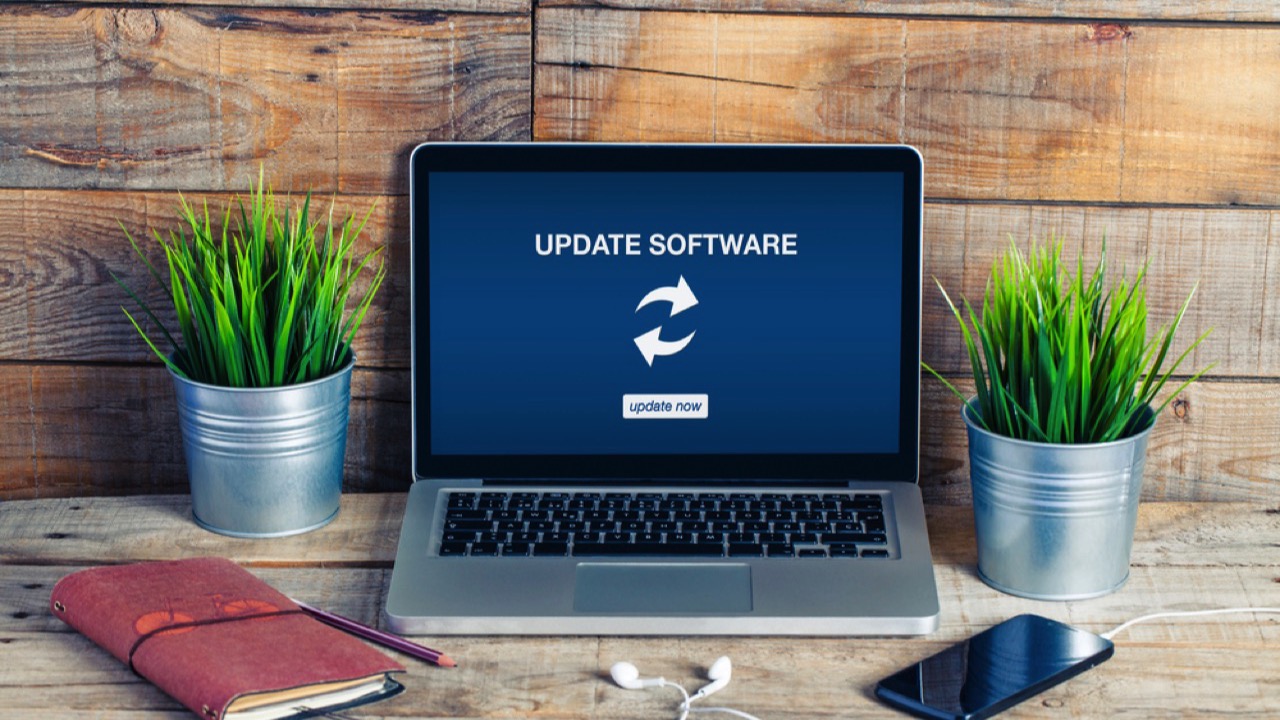
You need to make sure your software is always up to date. Hackers often look for weaknesses in outdated software, so updating helps protect your digital data. Companies release updates to fix these security flaws.
Set your devices to update automatically if you can. This way, you won’t miss any important updates. Always update your operating systems, browsers, and apps to get the newest security protections.
Updating your software can prevent many cyber threats and keep your data safe.
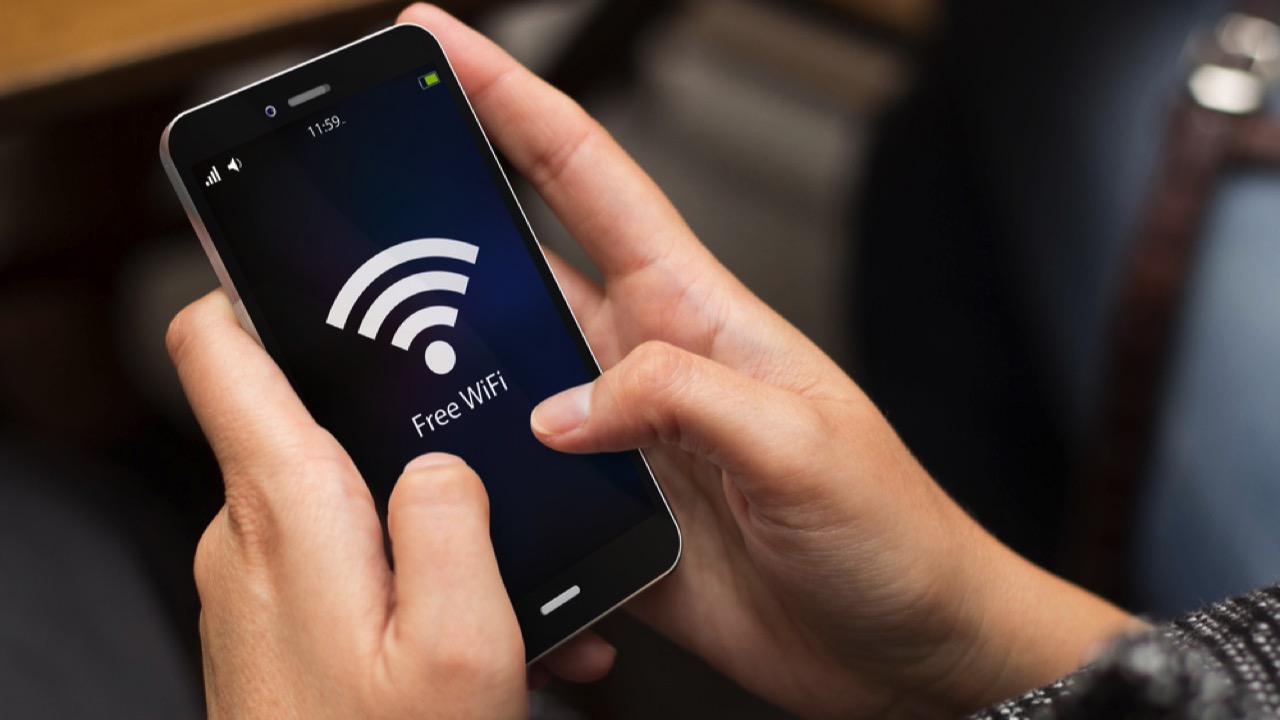
Public Wi-Fi networks are convenient, but they can be risky. These networks are often unsecured, making it easy for hackers to steal your information. When you use public Wi-Fi, avoid making any sensitive transactions like banking or shopping.
Hackers can set up fake networks that look legitimate. They can intercept your data when you log into personal accounts. Always double-check the network name before connecting.
Using a VPN on public Wi-Fi can help keep your information safe. A VPN encrypts your data, making it harder for hackers to intercept. If possible, use your mobile data instead for better security.
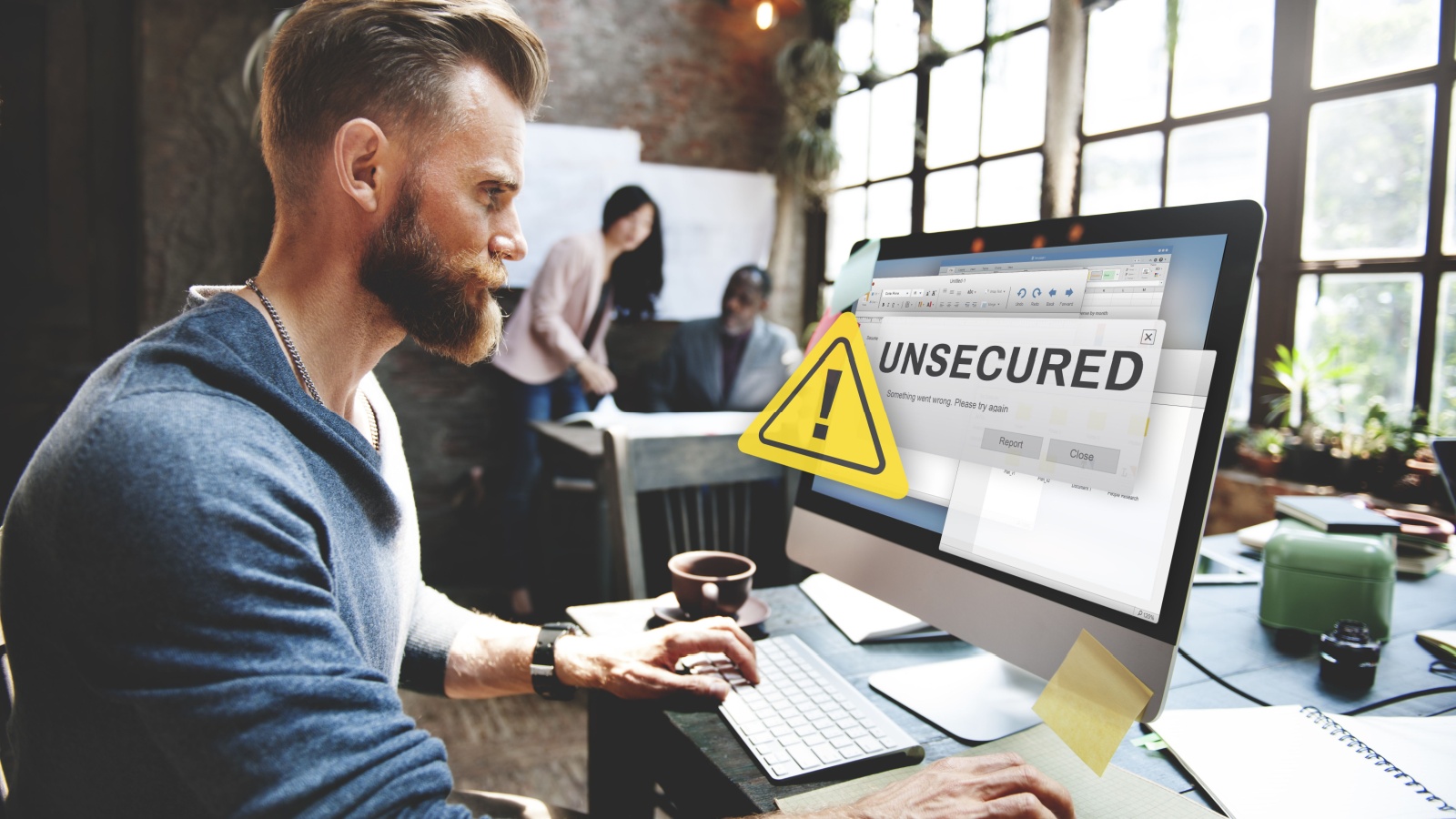
When you encrypt your emails, you add a layer of security to your messages. This protects the content from being read by anyone other than the intended recipient. Encryption scrambles your email’s contents into unreadable text unless the recipient has the right decryption key.
There are several email services that come with built-in encryption features. For example, Proton Mail is known for its strong encryption and privacy features. Another option is Preveil, which provides encrypted storage along with email security.
Using these services, you can ensure that your sensitive information remains private and secure. It’s an effective way to keep your digital communications safe from prying eyes.
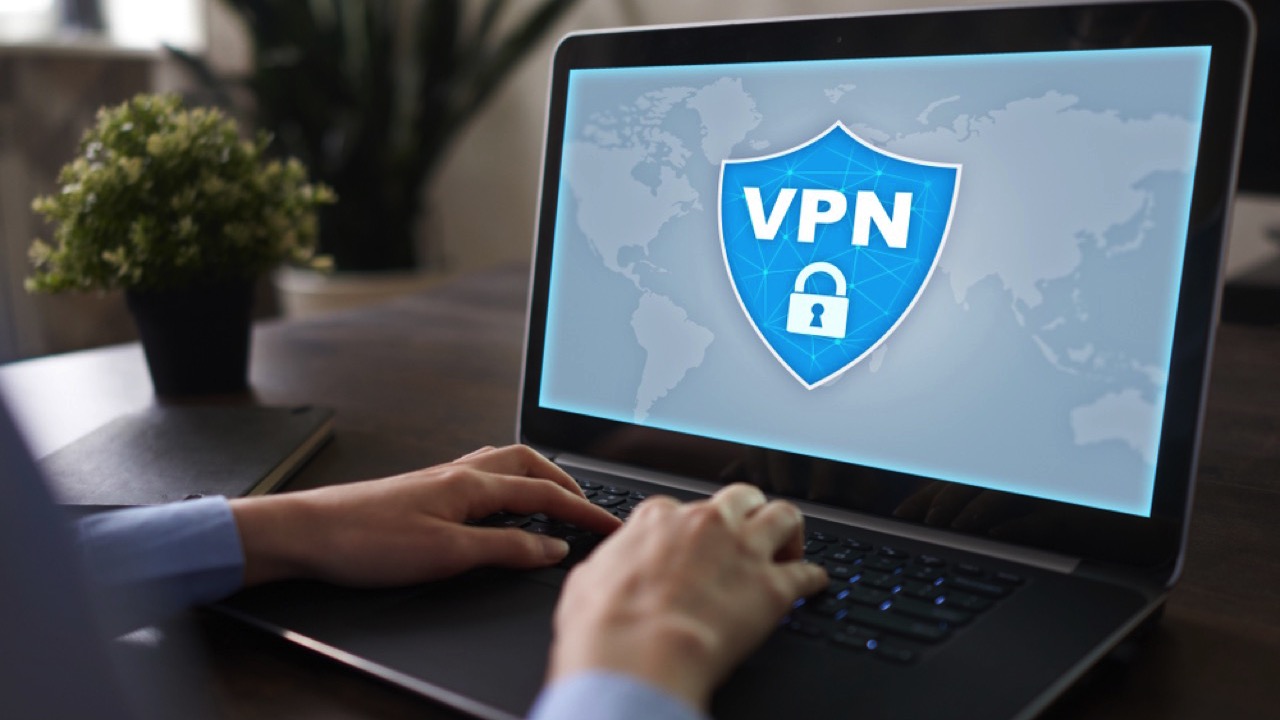
Using a virtual private network (VPN) keeps your internet connection secure. VPNs work by creating a private tunnel between your device and the internet. This tunnel hides your activity from anyone trying to spy on your data.
Choose a VPN service with strong encryption. It should protect your information from hackers and other threats. Look for one with a no-logs policy to ensure your data isn’t stored.
Some VPN services can even improve your privacy. Reliable providers have been tested to ensure they keep your data safe. Be cautious with free VPNs; they often lack strong security features and might sell your data. Use a paid service from a trusted provider.
VPNs are especially useful for protecting your connection on public Wi-Fi. Public networks are often not secure, making it easy for hackers to access your data. A VPN adds an extra layer of security, keeping your information private and safe.
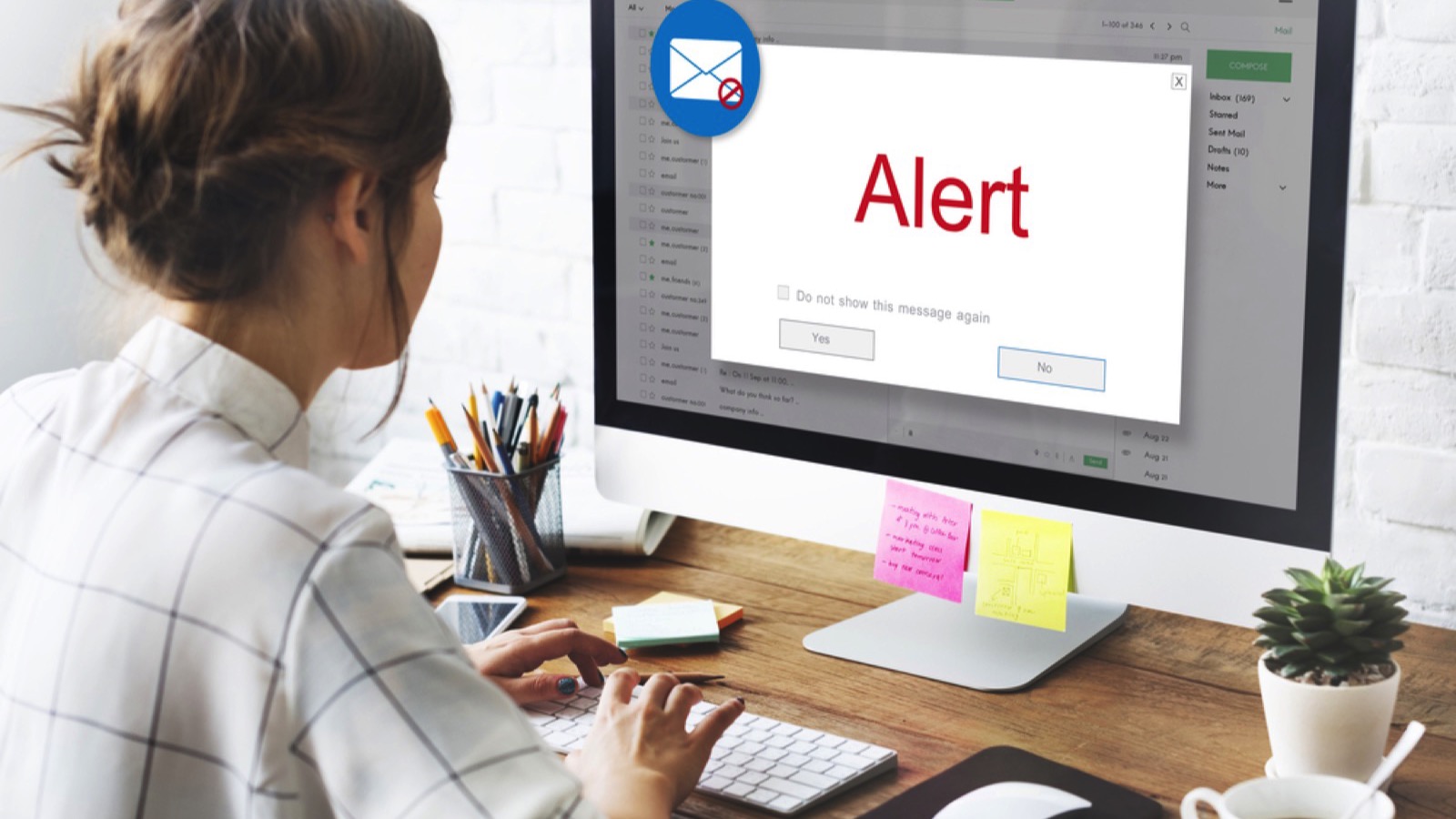
Phishing scams trick you into giving personal information by pretending to be a trusted source. Scammers often send fake emails that look real. They might ask for passwords, or credit card details.
Always check the sender’s email address carefully. Real companies won’t ask for sensitive info through email. If something feels off, trust your gut and don’t respond.
Look out for suspicious links. Hover your mouse over a link but don’t click. This lets you see where the link really goes. If it looks strange, avoid it.
Keep your software up to date, including your antivirus and anti-spam programs. Updated software can more easily catch phishing attempts.
Use strong passwords for your accounts, and change them often. A mix of letters, numbers, and symbols works best. This makes it harder for scammers to guess your password.
Regularly backing up your data can help you recover quickly if you fall for a phishing scam. This will ensure that you won’t lose important files even if your device gets compromised.
Remember to always be cautious and stay alert.

Backing up your data is essential for digital hygiene. It ensures you don’t lose important information if your device gets damaged, lost, or hacked. Experts suggest backing up your data at least once a week.
Use external hard drives for large storage needs. Choose cloud services for convenience and access to your files anywhere. Combinations of both can offer extra security. You can set up automatic backups to save time and avoid forgetting.
Taking these steps helps you avoid the pain of losing precious files and ensures your digital devices remain secure. Regular backups are a key part of protecting your digital life.
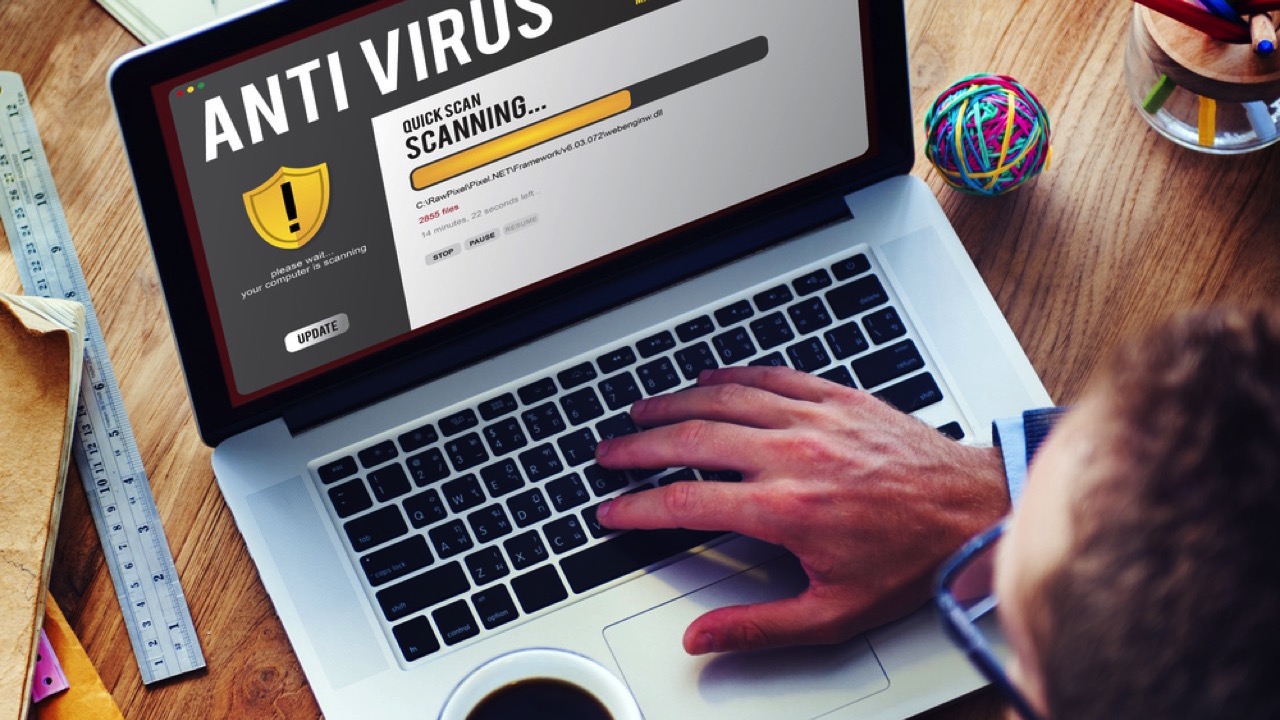
You need reliable antivirus software to protect your digital data. Antivirus programs defend your devices from malware, viruses, and other threats.
Keeping antivirus software updated is crucial. New threats emerge frequently, and updates equip the software to handle these.
Choose software that scans regularly and provides real-time protection. Making sure your software scans for threats automatically adds an extra layer of security.
Install reputable antivirus software. Look for trusted brands with strong reviews and proven track records. This ensures that your defenses against cyber threats are strong and reliable.

Using encrypted messaging apps is a smart way to protect your private conversations. These apps use end-to-end encryption, which means only you and the person you’re chatting with can read the messages. Even if someone intercepts the message, they won’t be able to understand it.
Apps like Signal and Silence are excellent choices for secure communication. Signal is highly regarded for its strong security features, while Silence offers the added benefit of encrypting both SMS and MMS messages, giving you more flexibility in communicating securely.
Telegram also provides encryption for private and group chats, but using the “Secret Chats” mode is important for maximum security. This ensures your conversations are as protected as possible.

When you’re not using Bluetooth and Wi-Fi connections, it’s best to turn them off. Leaving these features on can expose your devices to potential security risks. Hackers can exploit these connections to access your data without your knowledge.
Keeping Bluetooth on all the time can drain your battery quickly. It also makes your device more visible to others, increasing the attack risk. To disable Bluetooth, go to your phone’s settings and switch it off.
Wi-Fi connections can be just as vulnerable. If you leave Wi-Fi on, your device might connect to unsecured networks automatically. This can lead to data theft. It’s safer to turn Wi-Fi off when you’re not using it.

Regularly check your bank and credit card statements. This can help you spot unusual or unauthorized transactions quickly, which can save you from bigger problems.
Look for small charges you don’t remember. Sometimes, hackers test if your account works with tiny transactions before making larger withdrawals.
Use online banking alerts. Many banks offer real-time alerts for transactions over a certain amount. This can help you stay informed about account activity. Staying Cyber Safe includes watching what you click and staying vigilant about your accounts.
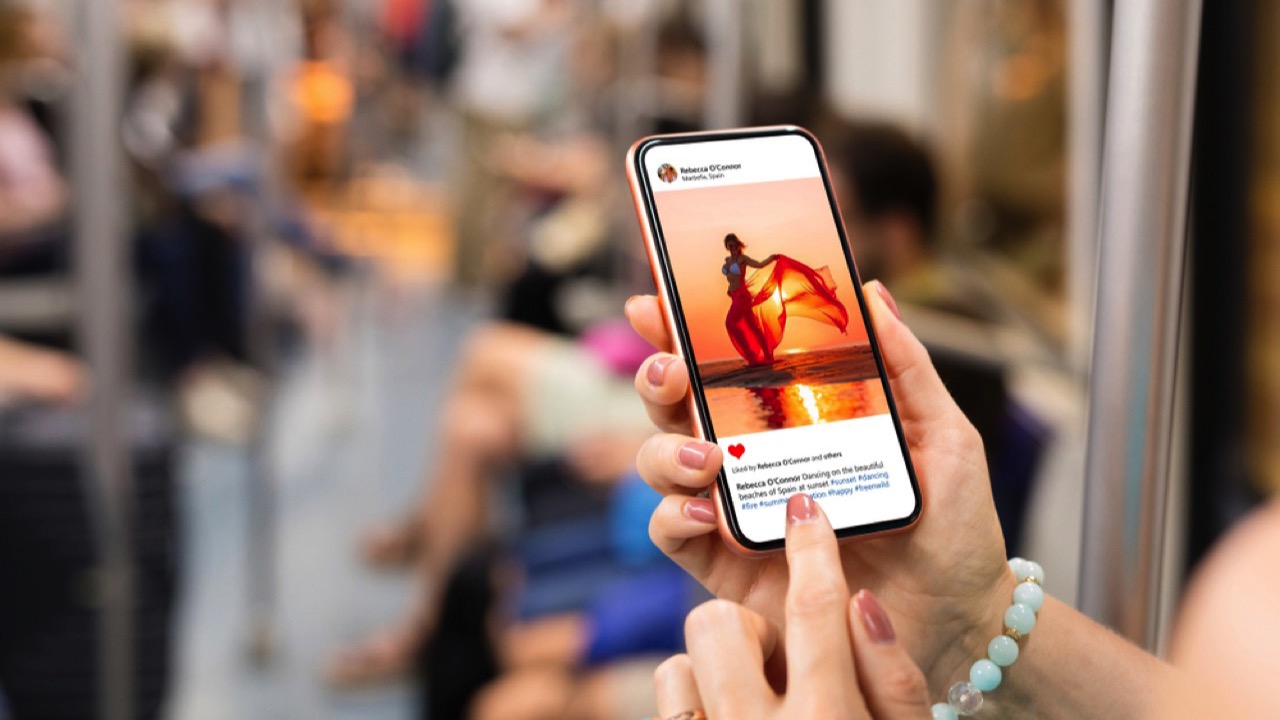
You should always be cautious about the personal information you share online. Avoid posting your full name, address, phone number, or birthdate on social media or public forums. Strangers might misuse this data.
Whenever possible, use a nickname or pseudonym instead of your real name. This helps protect your identity and keeps your information private.
Be mindful of the photos you share. Avoid posting pictures that reveal too much about your location, routine, or personal life. The less identifiable information you share, the safer you will be.
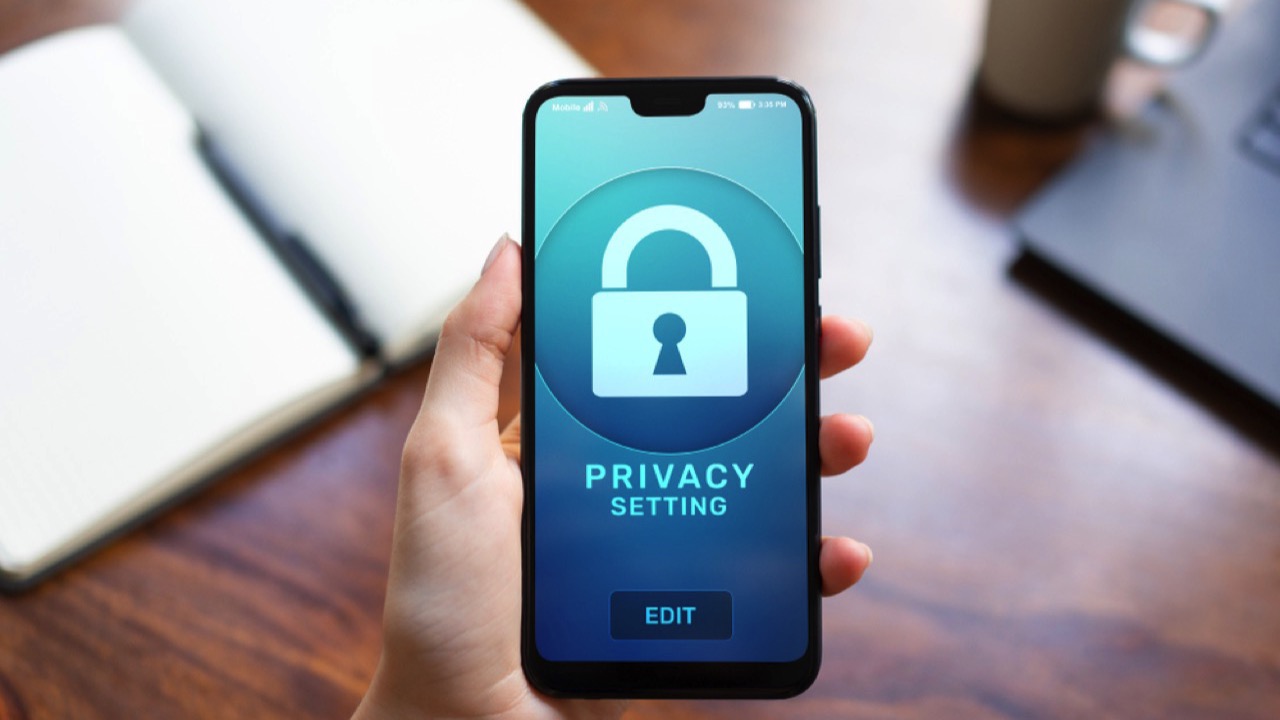
You should review your privacy settings on all your online accounts regularly. Many platforms update their privacy policies and settings, sometimes without clear notifications. Checking these settings helps you ensure your data is not shared in ways you don’t want.
Look for settings related to who can see your posts and personal information. Adjust them to limit access to close friends or family. This can secure your digital footprint and reduce the risk of unauthorized access.
Regularly updating and reviewing these settings also helps when new security features are added. This keeps your information safe and secure.

To keep your digital data safe, choosing secure cloud storage is key. Some of the most secure options include IDrive and pCloud. These solutions offer strong encryption to protect your data from hackers.
Always use unique and strong passwords for your cloud accounts. A password manager can help you securely keep track of these passwords. Enabling two-factor authentication for an extra layer of security is also a good idea.
Stay updated with the latest security practices to ensure your data remains safe.

We sadly live in a society where it’s all too common for criminals to want to take what we’ve worked hard to get. The results of a break-in are traumatic, too. Beyond just losing your stuff. Victims often feel violated, anxious, and unsafe, sometimes for years after the event.
Prevention is the best way to stay safe. And, while you shouldn’t have to turn your home into a fortress, that’s the stark reality of our world. But you can take plenty of simple steps to deter burglars and ensure your home is less attractive to would-be thieves.

In a world where the stability of our power grid is increasingly under threat, knowing which urban areas to avoid during a blackout is crucial for any serious prepper. And which areas to escape as quickly as possible. When you’re making your survival plans, keep in mind that these are the places you don’t want to be.

Choosing a refuge in the event of societal collapse involves weighing the pros and cons of each location against your personal preparedness goals and abilities. Whether you’re drawn to the solitude of the desert or the protective heights of the mountains, the key is finding a place that offers safety and the opportunity for growth and renewal.
